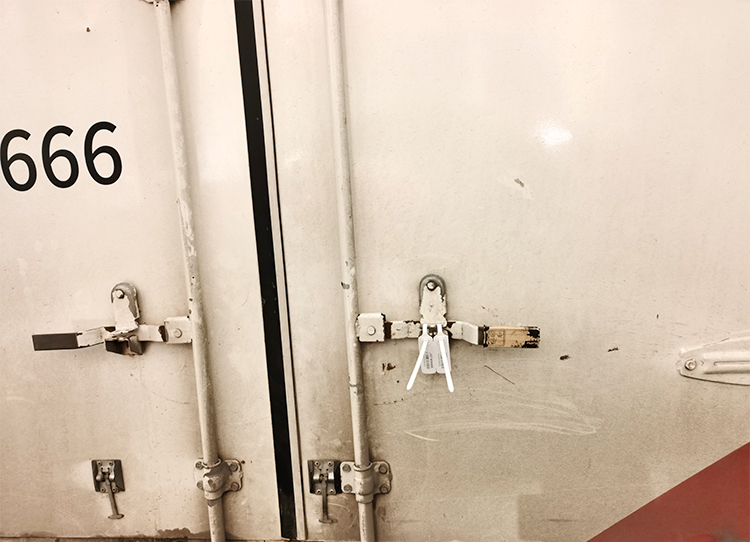
In the fast-paced world of logistics, securing cargo, containers, and packages is critical to preventing theft, tampering, and loss. Pull-tight plastic seals are indispensable tools for safeguarding shipments while streamlining operations. Designed for durability and reliability, these seals play a vital role in maintaining the integrity of supply chains.
Logistics demands tamper-proof solutions to deter unauthorized access and ensure accountability.
High-security seals: Opt for seals with unique serial numbers, barcodes, or QR codes for traceability. These features allow easy verification of seal integrity at checkpoints.
One-time-use designs: Choose seals that break irreversibly when cut or removed, leaving visible evidence of tampering.
Reinforced locking mechanisms: Look for ratchet-style heads or steel inserts to resist forced entry or vibration-induced loosening during transit.
Logistics operations expose seals to harsh conditions, from temperature extremes to moisture and UV exposure.
Nylon 6/6: A standard choice for its strength, flexibility, and resistance to abrasion. Suitable for most indoor or short-term outdoor use.
Weather-resistant variants: UV-stabilized nylon or polypropylene seals withstand prolonged sun exposure, ideal for shipping containers or cross-border trucking.
Chemical-resistant options: For hazardous material transport, use seals resistant to oils, solvents, or corrosive substances.
Global logistics requires adherence to regulatory and industry standards.
ISO 17712 certification: Mandatory for seals used in international shipping, this standard certifies tamper evidence and mechanical strength.
Customs-compliant markings: Seals with pre-printed logos, serial numbers, or company IDs simplify customs inspections and reduce delays.
C-TPAT or AEO guidelines: For shipments involving the U.S. or EU, use seals that meet security protocols for trusted trader programs.
Match seal dimensions to cargo requirements to avoid under- or over-engineering.
Length: Ensure the seal can loop securely around cargo handles, container doors, or pallet straps. For example, 12–18-inch seals suit standard shipping containers.
Tensile strength: Heavy-duty seals (250+ lbs) are essential for securing high-value or bulky shipments, while lighter ties (50–100 lbs) work for smaller packages.
Color and branding enhance efficiency and visibility in logistics workflows.
Color-coded seals: Assign colors to specific routes, clients, or cargo types (e.g., red for fragile items, green for expedited shipments).Use bright colors (e.g., yellow, red) for safety warnings or high-visibility needs.Neutral colors (black, white) blend into backgrounds for aesthetic purposes.
Custom printing: Add company logos, tracking numbers, or handling instructions directly onto seals to reduce labeling steps.
In logistics, pull-tight plastic seals are more than just fasteners—they are guardians of supply chain security and efficiency. By prioritizing tamper evidence, material durability, compliance, and smart tracking, businesses can mitigate risks, streamline operations, and build trust with clients. Whether securing a container crossing oceans or a parcel on a last-mile delivery, the right seal ensures that goods arrive safely, intact, and on time. Invest wisely in this small but critical component to fortify your logistics network.
Contact: Season Zhu
Mobile: 0086-13396573130
Tel: 0086-571-86518183
Email: info@alkeseal.com
Whatsapp: 0086-13396573130
Add: Building 32, Great World Hardware Mall,Jianggan District,Hangzhou City,Zhejiang